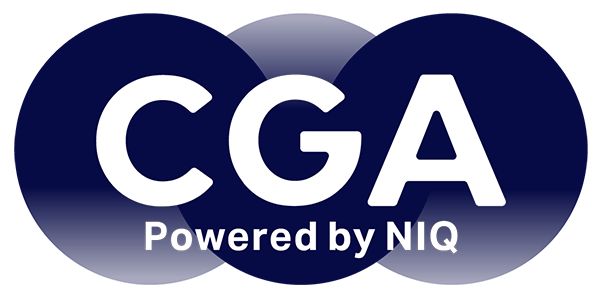
We are living in an AI world, of that there is no doubt. We ask Siri and Alexa about the weather, we use ChatGPT to break down complex subjects into easy-to-understand snippets, and we even get personalised suggestions on which bar or restaurant will be best for us to visit based on previous outings. Yes, even our on premise visits are becoming AI-generated.
But it is not just users of the on premise who may benefit from the advantages of artificial intelligence. The directors, planners and marketers of drinks brands are also capitalising on machine learning and AI tools to enhance their strategies for the sector — and, indeed, every sector.
Recent research by APG Planning & Strategy on the impact of AI in marketing and sales suggested that 77% of strategists feel positively about the technology and 90% expect to use it more in future to support their planning and marketing activities. The main tasks it is employed for currently sit within relatively low-level chores — writing copy, translations and the like — but it is when asked about how strategists see the evolution of AI that it gets interesting.
The No.1 such activity? Building and enhancing data-based strategies. Imagine a world in which the ideal strategy for your specific brand is automatically generated, giving you an ideal outlet target list, an ideal marketing plan, ideal campaigns and copy and an ideal value proposition with which to target ideal customers and consumers.
Except that won’t happen. By nature, AI will deliver homogeneous outputs, based on machine learning, designed for efficiency and widespread preference, rather than addressing the needs of individual brands in what is a very specific, unique and complex on premise world.
That is not to say that the sector won’t benefit from increased adoption of AI; quite the opposite. From a strategy and planning perspective, AI will be a heavy-lifting tool on which specificities can be added and fine-tuned.
However, it is in other ways in which we may see AI disrupt and advance the sector. OpenAI CEO Sam Altman recently suggested that one of the secondary benefits of AI will be an evolution and increase in leisure time and, indeed, the increased desire to connect with other humans outside the work setting. Sounds like a cold pint down the pub to me…
If artificial intelligence does allow us more time to socialise with friends in the on premise, capitalising on this also requires a strategy. I have long talked about the need for not an AI strategy in the sector, but an ‘EI’ strategy — yes, cheesily I have plotted those key needs and descriptors, critical to on premise success and all starting with the letters ‘E’ or ‘I’.
Put bluntly, the on premise sector is all about Experiences and Interactions — regardless of any AI advancements, the hospitality sector is one which is delivered by, and experienced by, humans and it is human connections that go on to facilitate further connections between our brands and our consumers.
It is where we can Educate and Inspire our potential consumers through Elevated serves, with an impact stretching far beyond the physical world of the on premise through social media content and the perfect Instagram snap of the perfectly served beverage. Indeed, the sector is one in which Equity is built and where long-term brand health is cemented.
The key to unlocking all of that EI benefit? It is of course Execution. There is arguably no other channel with such a level of operational and logistical complexity, rendering many a well-laid plan awry.
Be it wrestling the various tensions between distributors and venues, the listing agreements and non-compete clauses, or simply the ability to get products into the hands of bartenders and consumers, there are multiple hurdles to overcome to Excel in the sector.
Even when all of that is successfully navigated, pinpointing the perfect venues on the perfect occasions is also a challenge, requiring a level of detailed understanding and, of course, Investment. At times when every cent spent is scrutinised, an on premise investment plan must be smart and must be strategic. It is likely that the return on any investment will not be imminent — this is not a channel where short-term rewards are prominent; instead, it is a long-term bet on your future brand health.
Underpinning all of that is Insight. Maybe one day that insight can be translated into a winning, tailored and differentiated strategy through AI, but not until there is a clear understanding of the sector EI strategy in place first.
To learn more about CGA’s REACH survey and other sources of consumer insights for suppliers and operators across global markets to support your global strategies, contact Charlie Mitchell here.
Originally published in Global Drinks Intel Magazine




